What Is The Value Of 4 In 475

In a world increasingly driven by data and complex algorithms, the fundamental principles of mathematics often fade into the background. Yet, a seemingly simple question – what is the value of 4 in 475? – underscores the vital role of place value, a cornerstone of numeracy and a critical element for understanding more advanced mathematical concepts. This deceptively straightforward inquiry reveals deeper implications for education and cognitive development.
This article delves into the significance of place value, using the number 475 as a focal point to illustrate its function. We will explore how understanding the value of each digit is essential for performing arithmetic operations, interpreting numerical data, and developing critical thinking skills. Furthermore, this exploration will briefly touch upon the implications for math education and potential areas for improvement.
Understanding Place Value: The Foundation of Numeracy
The number 475 is comprised of three digits: 4, 7, and 5. The position of each digit determines its value within the whole number. This system, known as the decimal system, assigns values based on powers of ten.
Starting from the right, the first digit represents the 'ones' place, the second the 'tens' place, and the third the 'hundreds' place. Therefore, in 475, the digit 5 represents 5 ones, the digit 7 represents 7 tens (or 70), and the digit 4 represents 4 hundreds (or 400).
Deconstructing 475: The Value of Each Digit
As established, the 5 in 475 signifies 5 units. It is the simplest value to understand, representing five individual items. No further decomposition is necessary.
The 7, residing in the tens place, represents 7 groups of ten, totaling 70. Understanding this requires the ability to group quantities and recognize that ten individual units can be represented as a single 'ten'. It shows one group consisting of 10.
The key digit, 4, in the hundreds place, signifies 4 groups of one hundred, resulting in a value of 400. It's crucial to recognize that a hundred is not simply a number but a collection of ten tens. Thus it includes 10 groups of tens.
The Importance of Place Value in Mathematical Operations
Understanding place value is absolutely essential for performing basic arithmetic operations. Addition, subtraction, multiplication, and division all rely on the correct identification and manipulation of digits based on their place values.
For example, when adding 475 and 125, understanding that the 7 in 475 represents 70 and the 2 in 125 represents 20 allows us to correctly sum these values in the tens place. Without this understanding, the arithmetic process would be flawed. Similar principles apply to all other operations.
Even more advanced mathematical concepts, such as decimals, fractions, and algebra, build upon the foundation of place value. A solid grasp of this principle allows for the development of more complex mathematical reasoning.
Educational Implications and Potential Challenges
Teaching place value effectively is a critical component of elementary mathematics education. Children need to grasp the concept of grouping and understand how the position of a digit impacts its value.
However, many students struggle with this concept, leading to difficulties in performing basic arithmetic operations. Educators emphasize the need for hands-on activities, visual aids, and concrete examples to help students internalize the concept of place value. Effective teaching strategies are crucial for solidifying these fundamental principles.
Dr. Anya Sharma, a professor of mathematics education at the University of California, Berkeley, notes that "a lack of understanding of place value is often a predictor of later difficulties in mathematics. It's not just about memorizing rules; it's about developing a deep conceptual understanding of how numbers work."
Beyond the Classroom: Place Value in Everyday Life
The importance of place value extends far beyond the classroom. It plays a crucial role in interpreting data, managing finances, and making informed decisions in everyday life. For example, understanding place value is critical when interpreting statistics or managing a budget.
Consider understanding population numbers, evaluating large sums of money, or interpreting scientific data. All these require a solid understanding of how the position of a digit affects its value. Misinterpreting place value can lead to significant errors in judgment.
Furthermore,
"In the digital age, where data is constantly presented in numerical form, a strong understanding of place value is more important than ever," says David Chen, a data analyst at Pew Research Center. "It's essential for critical thinking and making informed decisions based on numerical information."
Conclusion: Embracing Foundational Numeracy
The seemingly simple question of the value of 4 in 475 reveals a fundamental truth: a solid understanding of place value is essential for numeracy. The number 475 is a testament to how important and beneficial it is to learn about place value. Without a grasp of this concept, individuals struggle not only in mathematics but also in everyday situations that require numerical reasoning.
As we move towards an increasingly data-driven world, prioritizing the teaching and understanding of place value is crucial. Investing in early numeracy education will equip individuals with the skills they need to navigate a complex and information-rich society. The future requires a solid base of numerical understanding.
By emphasizing the importance of place value and developing effective teaching strategies, we can ensure that future generations are well-equipped to understand and utilize numbers with confidence and competence. The investment in this basic area yields significant returns.
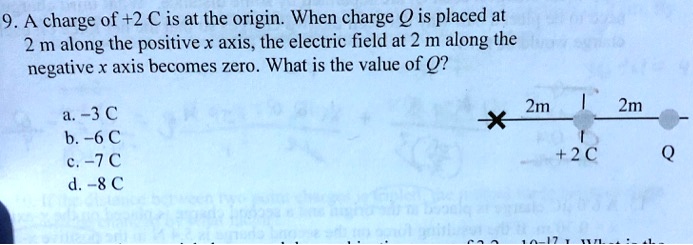

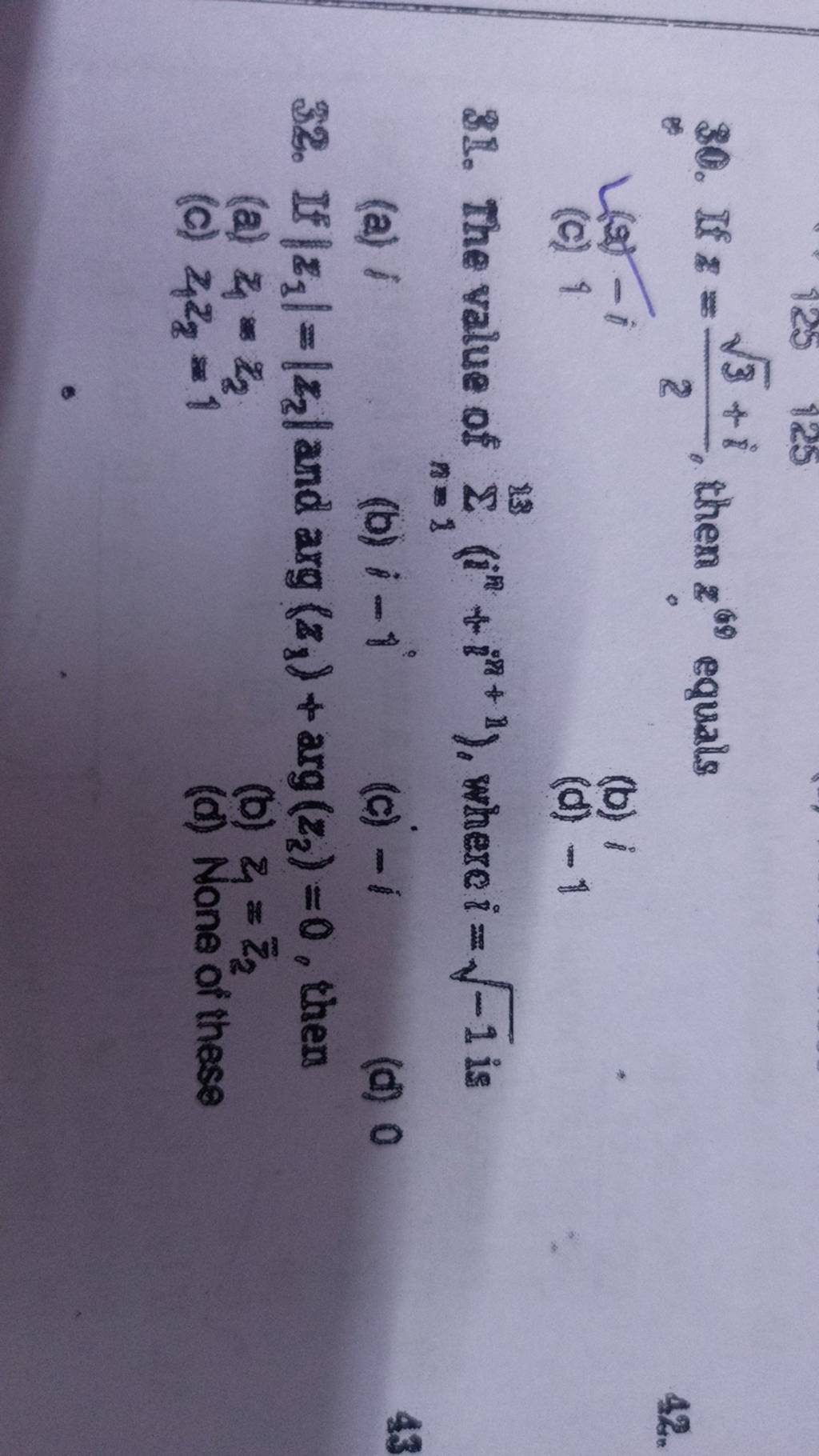





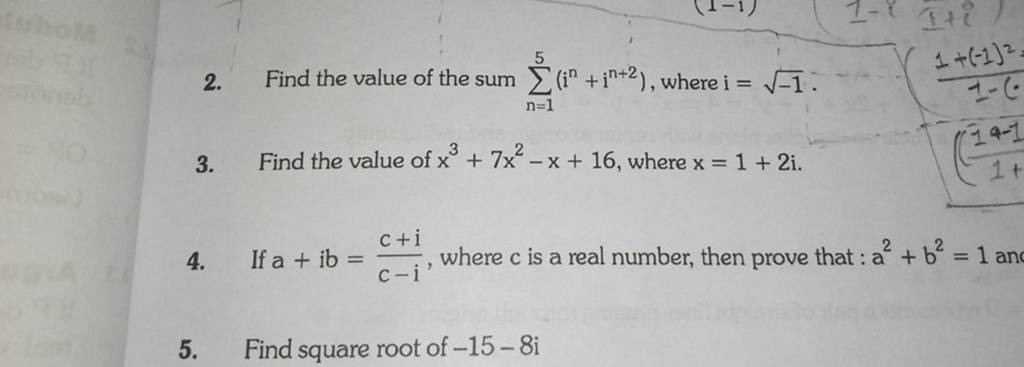


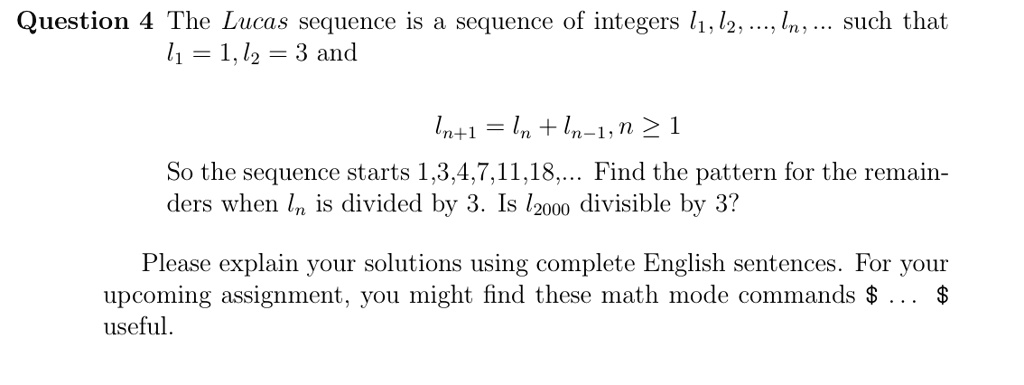
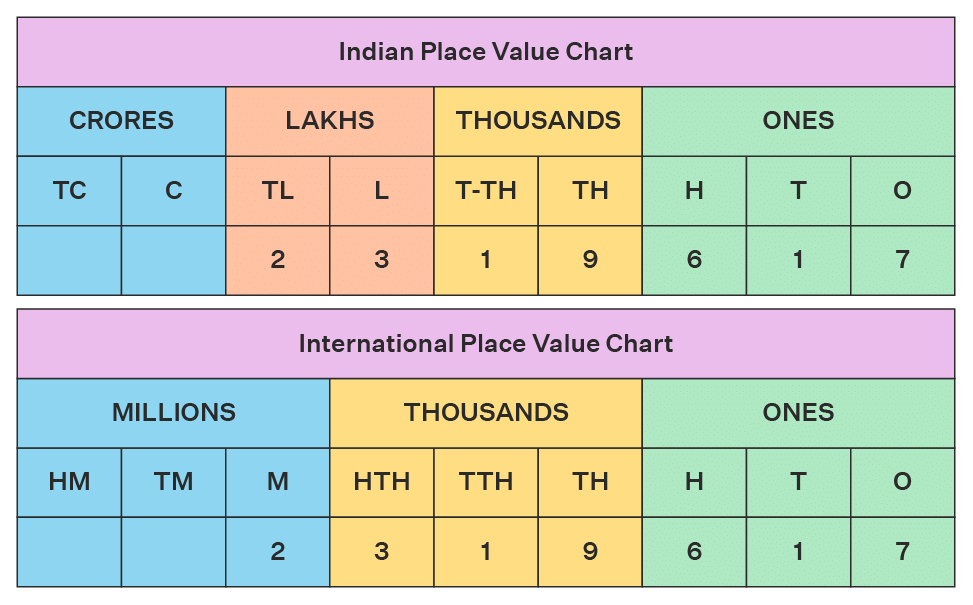



![What Is The Value Of 4 In 475 SOLVED: 15.1] A charge What is the of+3 uc i 1 located 1 1 direction of](https://cdn.numerade.com/ask_images/c42f63d3dd4c4c738ef1886236169d39.jpg)

